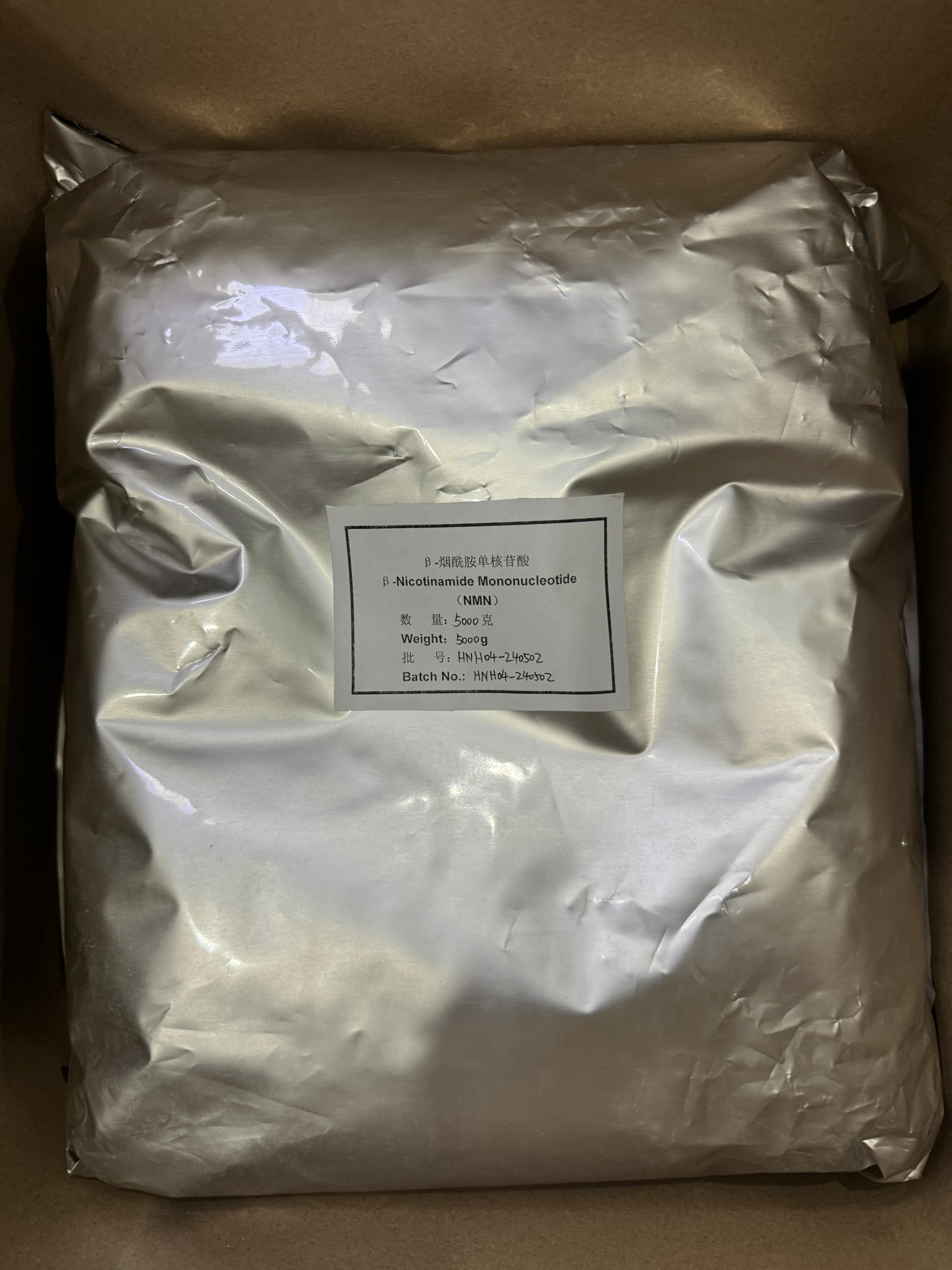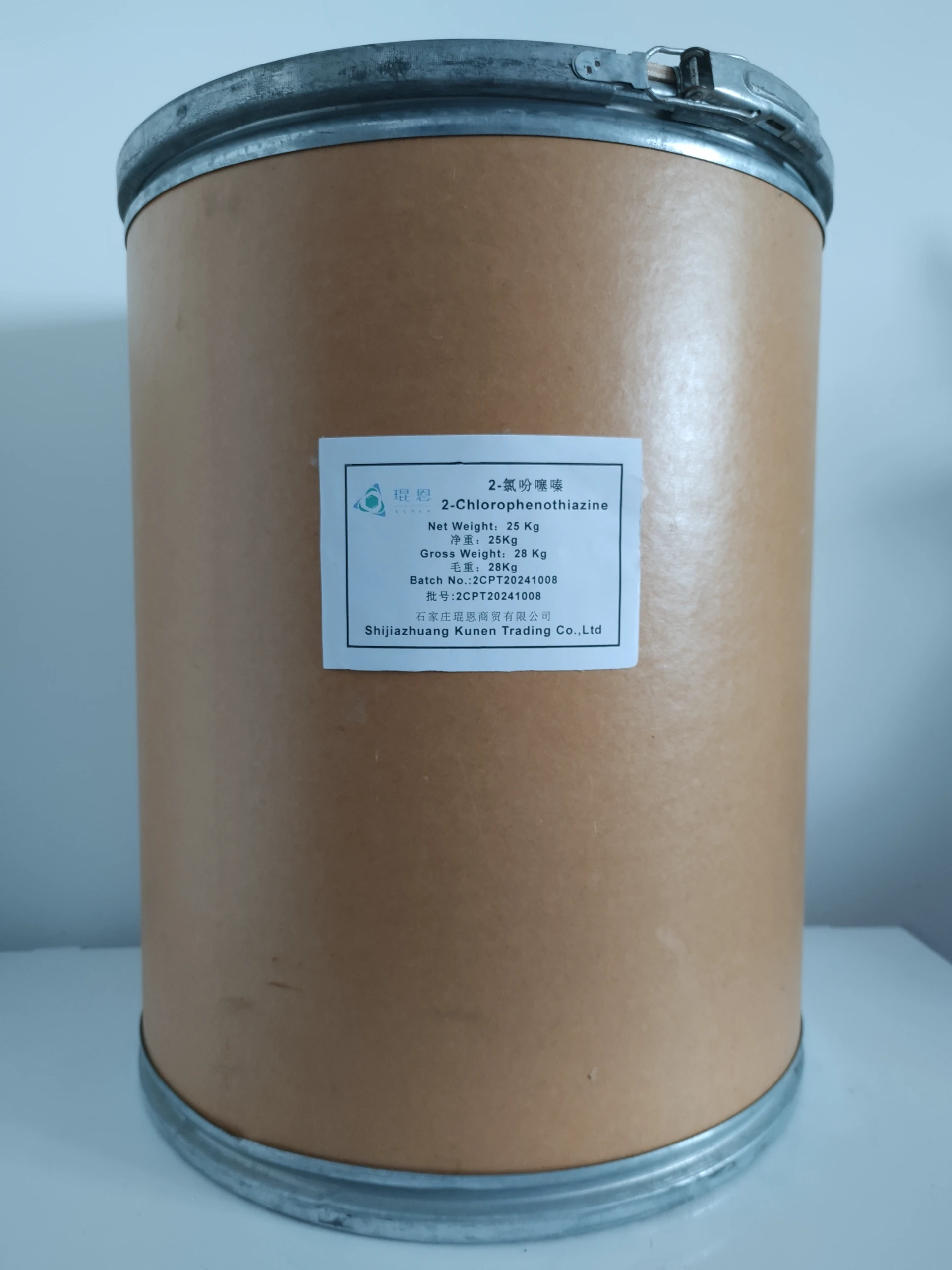- Market Dynamics and Critical Data Impacting HPAPI Production
- Cutting-Edge Technical Solutions for Advanced Containment
- Global HPAPI Manufacturing Capabilities Analysis
- Vendor Differentiation: Specialized Equipment Comparison
- Tailored Facility Design for Potency-Specific Requirements
- Stability Testing Case Study: Oncologic Formulation Success
- Future-Proofing Through Integrated API Stability Protocols

(highly potent active pharmaceutical ingredients)
The Evolving Significance of Highly Potent Active Pharmaceutical Ingredients
Global demand for highly potent active pharmaceutical ingredients
(HPAPIs) is projected to reach $39.7 billion by 2029, growing at 9.2% CAGR according to recent industry analysis. This surge is primarily driven by precision oncology treatments where 65% of pipeline drugs now contain HPAPIs requiring occupational exposure limits below 1μg/m³. Current therapeutic applications extend beyond oncology to immunology (27% market share) and neurological disorders (15%), with antibody-drug conjugates representing the fastest-growing segment at 18% annual growth.
The manufacturing paradigm has shifted significantly: Over 80% of new molecular entities in clinical development now fall under the HPAPI classification, compared to just 35% a decade ago. This necessitates specialized containment infrastructure that can consistently maintain airborne concentrations below 0.1 μg/m³ - particularly critical given that highly active pharmaceutical ingredients often demonstrate pharmacological activity at microgram dosing levels. Regulatory harmonization through ICH Q7 and ISO 14644-1 Class 5 standards has established containment benchmarks that directly impact facility design.
Advanced Engineering Controls in Modern Facilities
Containment technology has evolved to address increasingly complex molecular structures. Modern HPAPI facilities implement multi-barrier protection systems featuring:
- Isolator technology with RTP (Rapid Transfer Port) integration maintaining <0.01 μg/m³ containment during material transfer
- Continuous air monitoring systems with real-time API-specific detection limits of 0.001 μg/m³
- CIP (Clean-in-Place) validation achieving 6-log reduction of compound residue
Toxicological assessment now precedes facility design, with OEB (Occupational Exposure Band) classification dictating engineering controls. Facilities handling Category 5 compounds (OEL <0.1μg/m³) require pressure cascade architectures where critical process zones maintain 10-15Pa negative pressure differentials. Analytical method development has kept pace, with modern UHPLC-MS/MS techniques achieving detection sensitivity of 0.5ng/mL for cleaning verification - 50x more sensitive than conventional HPLC.
Global Manufacturing Capacity Assessment
Regional capabilities show significant variation in HPAPI specialization:
| Region | Dedicated HPAPI Lines | Lowest OEB Capability | Maximum Containment Volume (L) |
|---|---|---|---|
| North America | 78 | OEB 5 | 4,000 |
| Europe | 64 | OEB 5 | 3,200 |
| Asia-Pacific | 42 | OEB 4 | 1,800 |
Operational analysis reveals that facilities with modular design reduce changeover times by 40% compared to fixed infrastructure. Investment trends show 85% of new facilities adopt continuous manufacturing technology, demonstrating 30% yield improvement for multi-step HPAPI synthesis. Maintenance protocols have adapted to containment requirements, with remote robotics now handling 70% of equipment servicing in OEB 4+ environments.
Vendor Equipment Capabilities Matrix
Technology providers have developed specialized solutions for high-potency manufacturing:
| Supplier | Containment Type | Airflow Control | Cleaning Validation Support |
|---|---|---|---|
| Vendor A | Closed System RABS | Dynamic airflow modeling | Full swab testing protocols |
| Vendor B | Isolator Technology | HEPA cascade system | PAT integration |
| Vendor C | Modular Containers | Single-pass H13 filtration | Automated sampling |
Cross-industry benchmarks show that isolator-based systems maintain contamination levels 3x lower than RABS configurations during operator interventions. Vendor B's nanotechnology-grade H14 filters demonstrated 0.003% particle penetration versus standard H13 at 0.05%. Vendor C's disposable systems eliminate cleaning validation requirements for campaigns under 10 batches, reducing turnaround by 72 hours between product changes.
Client-Centric Facility Architecture
Strategic design approaches for HPAPI facilities include:
- Tiered classification zones with differential pressure gradients >15Pa between OEB levels
- Closed processing train design achieving >98% containment efficiency
- Automated material handling reducing human interventions by 90%
Case implementations demonstrate significant outcomes: A dedicated ADC facility featuring Vendor B's isolators achieved 0% detectable cross-contamination across 22 consecutive campaigns. Modular designs accommodate flexibility, with one European facility successfully switching between 4 different OEB 5 compounds within 96-hour changeover windows - 60% faster than industry standard. Material flow optimization reduced personnel movement through containment areas by 85%, minimizing exposure risks while increasing productivity.
Oncology Formulation Stability Assessment
A recent oncology project demonstrated comprehensive stability testing of active pharmaceutical ingredients and finished pharmaceutical products. The solid tumor treatment containing an OEB 4 HPAPI underwent accelerated and long-term stability protocols under ICH Q1A(R2) conditions:
Results showed:
- API stability: 0.2% maximum degradation at 25°C/60% RH over 24 months
- Formulation stability: <0.8% impurity growth at 30°C/75% RH conditions
- Preservative efficacy maintained through 18-month real-time study
The testing protocol incorporated:
- Forced degradation studies across pH 3-9 range
- Photostability per ICH Q1B guidelines
- Comparative dissolution profiling under accelerated conditions
By establishing statistical equivalence between API and FPP degradation pathways, shelf-life projections achieved 95% confidence levels. Terminal stability data confirmed that cold chain storage conditions extended product shelf-life by 40% compared to ambient storage alternatives.
Integrated Stability Validation for Highly Potent Active Pharmaceutical Ingredients
The stability testing of active pharmaceutical ingredients and finished pharmaceutical products must account for complex degradation mechanisms inherent to HPAPIs. Modern approaches adopt quality-by-design principles with stability indicating methods validated to detect 0.05% degradation products - well below ICH identification thresholds. The comprehensive approach evaluates interactions between highly potent active pharmaceutical ingredients and excipient matrices under stressed storage conditions.
Industry benchmarks show that HPAPI-containing formulations demonstrate 30% higher instability rates compared to conventional products under accelerated conditions. This necessitates extended stability protocols, with leading CDMOs now implementing 48-month real-time studies for new molecular entities. Predictive analytics have reduced stability failure rates by 25% through computational modeling of degradation pathways - particularly valuable given that 65% of highly potent active pharmaceutical ingredients undergo complex decomposition mechanisms beyond simple hydrolysis or oxidation.

(highly potent active pharmaceutical ingredients)
FAQS on highly potent active pharmaceutical ingredients
Below are 5 FAQs addressing highly potent active pharmaceutical ingredients (HPAPIs) and stability testing, structured as requested:Q: What defines a Highly Potent Active Pharmaceutical Ingredient (HPAPI)?
A: Highly Potent Active Pharmaceutical Ingredients (HPAPIs) are pharmacologically active compounds requiring special handling at low doses (typically below 150μg/day). They exhibit high biological potency and may pose significant health risks, demanding rigorous containment controls during manufacturing. Examples include oncology and hormonal therapies.
Q: Why is stability testing critical for Highly Active Pharmaceutical Ingredients?
A: Stability testing ensures HPAPIs maintain identity, purity, and efficacy under environmental stresses (e.g., temperature, humidity). For highly active pharmaceutical ingredients, degradation could alter potency or generate toxic impurities, risking patient safety. Regulatory agencies (e.g., ICH Q1A) mandate these studies for shelf-life determination.
Q: How does stability testing differ between APIs and Finished Pharmaceutical Products?
A: API stability testing focuses on chemical degradation and impurity profiles in bulk form. Finished product testing evaluates additional factors like formulation interactions, packaging integrity, and dissolution rates. Both follow ICH guidelines but require tailored protocols for product-specific risks.
Q: What are key challenges in stability testing for Highly Potent APIs?
A: HPAPI stability testing demands specialized containment facilities to protect analysts from exposure risks during sampling and analysis. Sensitive analytical methods are needed to detect trace-level degradants in potent compounds. Accelerated conditions must simulate real-world storage without altering degradation pathways.
Q: Which stability test conditions apply to HPAPI-containing drug products?
A: Per ICH Q1A-Q1E, HPAPI-based products undergo long-term (25°C/60%RH), intermediate (30°C/65%RH), and accelerated (40°C/75%RH) testing. Photostability and freeze-thaw cycles may be added based on formulation vulnerability. Data must confirm consistent potency and impurity thresholds throughout the proposed shelf life.

